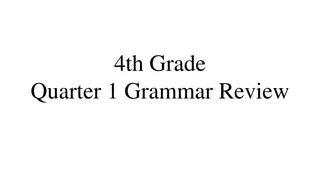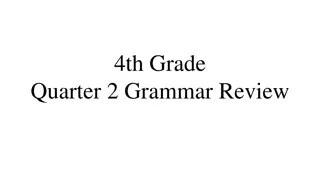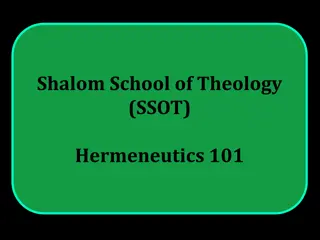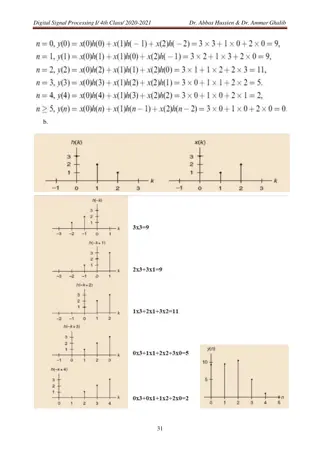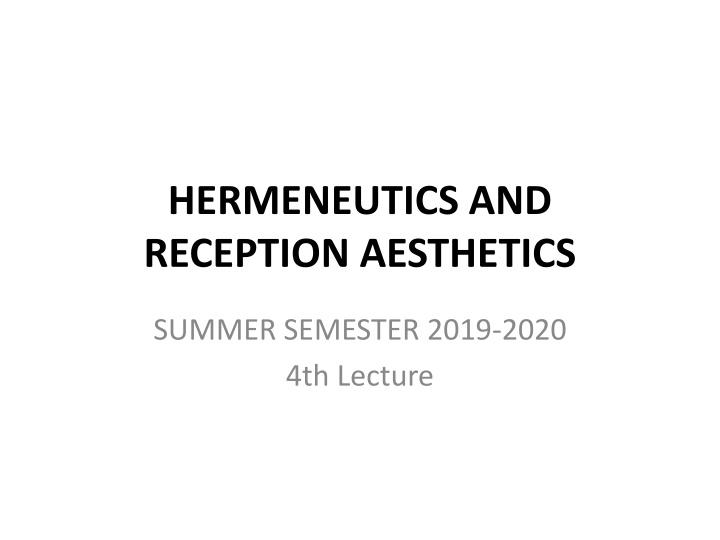
Hermeneutics and Reception Aesthetics in Summer Semester 2019-2020
Explore the essence of hermeneutics and reception aesthetics through a deep dive into Heideggerian philosophy, encompassing concepts like facticity, existentiality, and fallenness. Delve into the interplay of understanding and interpretation to elucidate the fore-structure of knowledge.
Download Presentation

Please find below an Image/Link to download the presentation.
The content on the website is provided AS IS for your information and personal use only. It may not be sold, licensed, or shared on other websites without obtaining consent from the author. If you encounter any issues during the download, it is possible that the publisher has removed the file from their server.
You are allowed to download the files provided on this website for personal or commercial use, subject to the condition that they are used lawfully. All files are the property of their respective owners.
The content on the website is provided AS IS for your information and personal use only. It may not be sold, licensed, or shared on other websites without obtaining consent from the author.
E N D
Presentation Transcript
HERMENEUTICS AND RECEPTION AESTHETICS SUMMER SEMESTER 2019-2020 4th Lecture
A Very Short Introduction to Hermeneutics A short reminder of what hermeneutics is about by Jens Zimmermann: https://www.youtube.com/watch?v=6wPTV5hy B0Y
SUMMARY OF PREVIOUS LECTURE Exposition of main pillars of Heideggerian philosophy (see a lucid video Heidegger in 12 minutes by Eric L. Dodson: https://www.youtube.com/watch?v=A04RhtR0imY ). FACTICITY EXISTENTIALITY FALLENNESS Temporal character of Being: past, present, future; facticity, fallenness, existentiality. into the possibilities forgetfulness among the possibilities toward its possibilities ahead-of-itself/being-already-in-(the world)/as being-alongside-entities
Understanding, interpretation Read (available on SIS): Heidegger s Disclosure of the Fore-Structure of Understanding , in: Gadamer, H.-G., Truth and Method, p. 268 273.
Understanding, interpretation Interpretation [in Czech v klad ] it is grounded in understanding; it is a developed kind of understanding. In interpretation, constantly exercised understanding understands itself. By interpreting, we clarify the possibilities that are projected by understanding - we clarify fore-understanding. The fore-structure of understanding
1. Fore-having - this is the global view by means of which one interprets the given being. E.g. When shopping in a store, we choose other options than when reading a book in the library. When choosing yoghurts, we do not deal with the question when the Battle of Lipany took place. 2. Fore-sight it determines the most appropriate interpretation with regard to fore- having . We anticipate that possible understanding which seems most probable to us (e.g. When we buy yoghurts ) 3. Fore-conception the interpretation has always (with or with no reserves) decided to apply certain concepts. Different usage of concepts due to given circumstances.
meaning it is always already articulated by a meaningful interpretation; it is structured: by fore-having, fore-sight and fore-conception. From them, the projection is projected and from them is understandable something as something
A Derivative Mode of Interpretation: Assertion Interpretation Assertion; See Being&Time, 33. Hermeneutic (interpretative) sentence: is that one which calls for its own execution of reflection and interpretation and, hence, for its proper application (J. Grondin, Introduction , p. 130) It enables to realize one's own fore-structure of understanding. Apofantic assertion: a derivative mode od interpretation, logical construct . Nivelization which transforms the original practical interpretation to reductive occurring character. It makes us forget the embeddedness of speech in the structure of human being in the world
Hermeneutic circle in the circle is hidden a positive possibility of the most primordial kind of knowing, and we genuinely grasp this possibility only when we have understood that our last and constant task in interpreting is never to allow our fore-having, fore-sight, and fore-conception to be presented to us by fancies and popular conceptions, but rather to make the scientific theme secure by working out these fore-structures in terms of the things themselves M. Heidegger, Being&Time, p. 195, Cf. H.-G. Gadamer, Truth&Method, p. 269.
What is decisive is not to get out of the circle but to come into it in the right way. This concretely means that the first priority and the continual task of an interpretation are always to work through one s own fore- conceptions for oneself and bring them to interpretation. ( ) It is not a reflective foregrounding of one s own fore-structure to the end of opening up a genuine dialogue between the two particular positions, i.e., with the subject matter and the other s unfamiliar thought. (Cf. J. Grondin, p. 97)
Heidegger in Gadamerian Hermeneutics The goal of Gadamer is to consider whether one can work out any consequences for the human sciences from Heideggerian circular structure of understanding drawn from temporality of Dasein. Human sciences deal above all with interpretation of texts. all correct interpretation must be on guard against arbitrary fancies and the limitations imposed by imperceptible habits and thought, and it must direct its gaze on the things themselves (read T&M, p. 269 et seq).
Openness (cf. T&M, p. 271) All that is asked is that we remain open to the meaning of the other person or text. This openness always includes our situating the other meaning in relation to the whole of our own meaning or ourselves in relation to it. 1. Neutrality with regard to content , 2. Extinction of one s self 3. Awareness of one s own bias so that the text can present itself in all its otherness and thus assert its own truth against one s own fore- meanings


